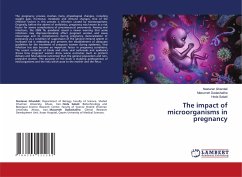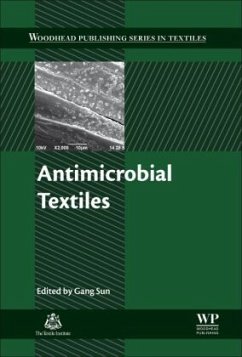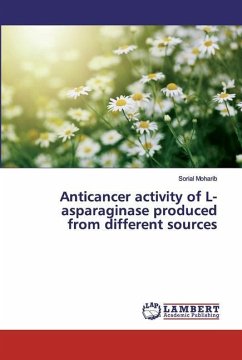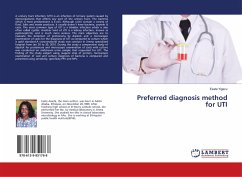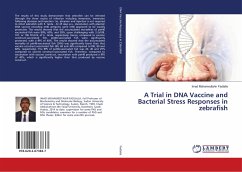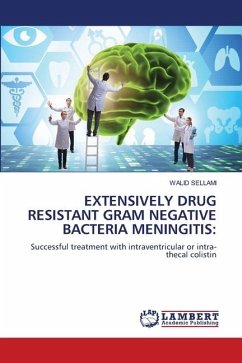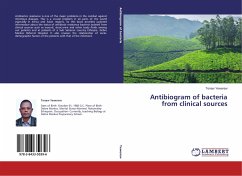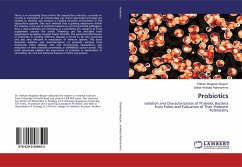
Microorganisms as bioindicators of saprobiology
Versandkostenfrei!
Versandfertig in 6-10 Tagen
25,99 €
inkl. MwSt.

PAYBACK Punkte
13 °P sammeln!
Microorganisms are often used as saprobic indicators of aquatic ecosystems. Due to their specific richness and abundance, they are easy to test and readily available. Aquatic microorganisms are sensitive to pollution or other events, and are therefore commonly used for monitoring environmental contamination. Therefore, biological monitoring is an essential element to assess the environmental health of aquatic biotopes. Algal and zooplankton communities provide an integrated measure of water saprobity as experienced by the aquatic biota and have many biological attributes that make them ideal f...
Microorganisms are often used as saprobic indicators of aquatic ecosystems. Due to their specific richness and abundance, they are easy to test and readily available. Aquatic microorganisms are sensitive to pollution or other events, and are therefore commonly used for monitoring environmental contamination. Therefore, biological monitoring is an essential element to assess the environmental health of aquatic biotopes. Algal and zooplankton communities provide an integrated measure of water saprobity as experienced by the aquatic biota and have many biological attributes that make them ideal for biological monitoring. Algal diversity is significantly influenced by changes in the environmental parameters, while, rotifera are one of the most interesting groups of freshwater invertebrates. In this review an explaining the concept of saprobity, with particular emphasis on its use based on microorganisms for water quality assessment was highlighted.



